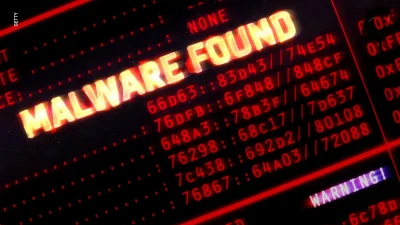Ransomware attacks are a growing threat to businesses of all sizes. If your business becomes a victim of a ransomware attack, the consequences can be severe. In this blog post, we will explore what you can expect if your business is targeted by a ransomware attack and what steps you should take to minimize the damage.
What Is Ransomware?
Ransomware is a type of malware that encrypts a business’s data and demands payment in exchange for the decryption key. Cybercriminals typically deliver ransomware through phishing emails, malicious websites, or infected software. Once the ransomware infects a system, it can quickly spread throughout the network, encrypting all data and making it inaccessible.
What to Expect If Your Business Is Targeted by Ransomware
- Notification
If your business is targeted by ransomware, you may receive a notification from the attackers demanding payment in exchange for the decryption key. The message may include a deadline for payment and threats of data destruction if the ransom is not paid.
- Data Loss
If you refuse to pay the ransom or are unable to recover the data, you may experience data loss. The encrypted data may be unrecoverable, and any backups may also be affected if they were connected to the infected network.
- Financial Loss
Ransomware attacks can result in financial losses for businesses. The cost of data recovery, including data backups, can be substantial. In addition, there may be a loss of revenue due to system downtime, and there may be legal and regulatory penalties for failing to protect customer data.
- Damage to Reputation
A ransomware attack can damage your business’s reputation, particularly if customer data is compromised. The negative publicity can lead to a loss of trust and customers, which can be difficult to recover from.
Steps to Take If Your Business Is Targeted by Ransomware
- Isolate the Infected System
The first step when dealing with a ransomware attack is to isolate the infected system to prevent the ransomware from spreading throughout the network. Disconnect the system from the network and turn off any wireless connections to prevent further infections.
- Contact a Cybersecurity Expert
Contact a cybersecurity expert who can assess the situation and provide guidance on how to proceed. They can help you determine whether to pay the ransom or not and advise on the best way to recover your data.
- Report the Attack
Report the attack to the relevant authorities, such as law enforcement agencies or data protection authorities, as required by local regulations.
- Recover Data
Recover data from backups that were not affected by the ransomware. Ensure that any recovered data is scanned for malware before being restored to the system.
- Review Your Security Policies
Conduct a review of your security policies and procedures to identify any weaknesses that may have contributed to the ransomware attack. Update your policies to improve your cybersecurity posture and prevent future attacks.
Conclusion
Ransomware attacks can be a devastating experience for businesses. The financial losses and reputational damage can be significant. However, taking prompt action and following the steps outlined above can help you minimize the damage and recover from the attack. Remember to prioritize cybersecurity and take steps to prevent future attacks from occurring.
For information about all of our Managed Services Offerings please visit our website Services Page
Upper Echelon Technology Group, LLC is a premier technology provider.
For more information on our Cybersecurity Offerings and other offerings please visit www.uetechnology.net
Schedule a consultation or call us at 1-800-225-1392
Ready to get started with better service, reliability and saving money on your IT spending?
Want to discuss our managed services programs?
Let’s schedule a free consultation.
Simply click the Magic Button below to get started.






